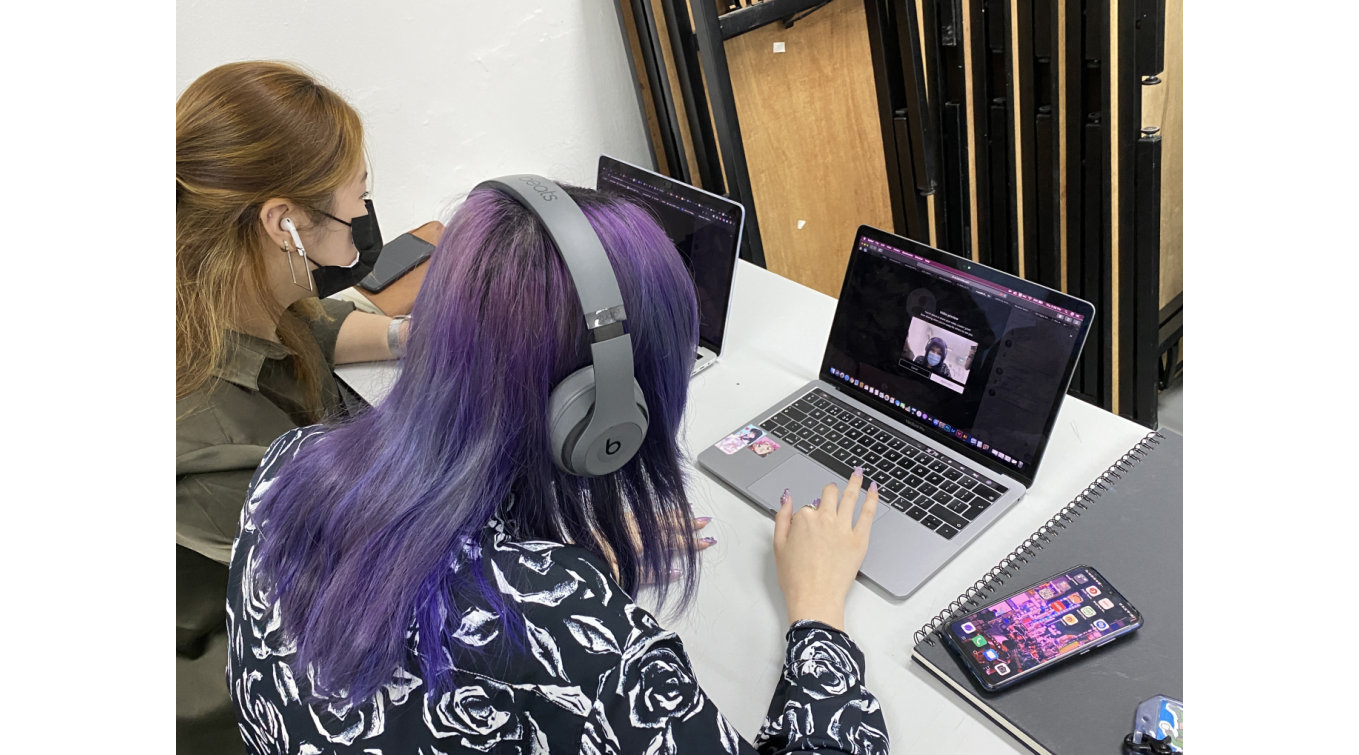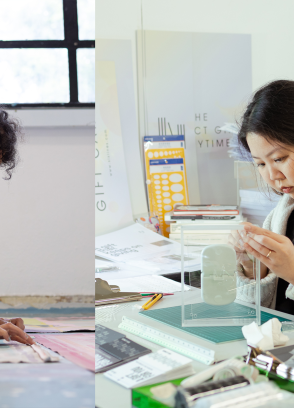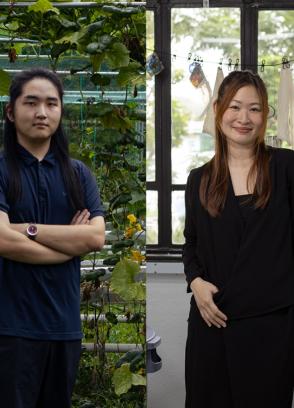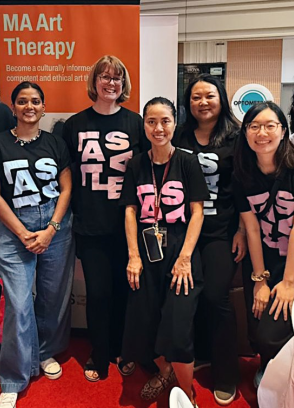What could a post-COVID-19 world look like? Would we be looking at a return to a pre-COVID normal, or a world that has adapted to new ways of living and working, and evolved to meet different needs?
Over a year on from the outbreak of the pandemic, these are questions that companies, governments and educational institutions alike are asking, and LASALLE’s Diploma in Fashion students took on the challenge of grappling with these issues in a collaborative project with RMIT University’s Diploma in Product Design.
“The project came about due to our aligned interest in interdisciplinary collaboration between us and RMIT. When the pandemic happened we pivoted the brief to make it forward-looking,” shared Charles Rezandi, Lecturer, Fashion. “We thought about speculative design and its role in the post-COVID-19 world, and bridged the isolation by connecting our students with theirs.”
“We designed the lessons, tutorials and workshops to ensure students are engaged and solving mini issues that they can do while staying safe at home. Students were asked to look at a variety of resources and work with what they have at home,” said Charles.
Working virtually in cross-institution teams to envision a post-pandemic world, students created a range of speculative, interdisciplinary design ideas that brought together their expertise from the areas of fashion and product design. These ranged from web-based solutions to daily use products to social campaigns. The project took place over a span of 15 weeks, during which workshops, tutorials and critique sessions ran concurrently with regular team discussions.
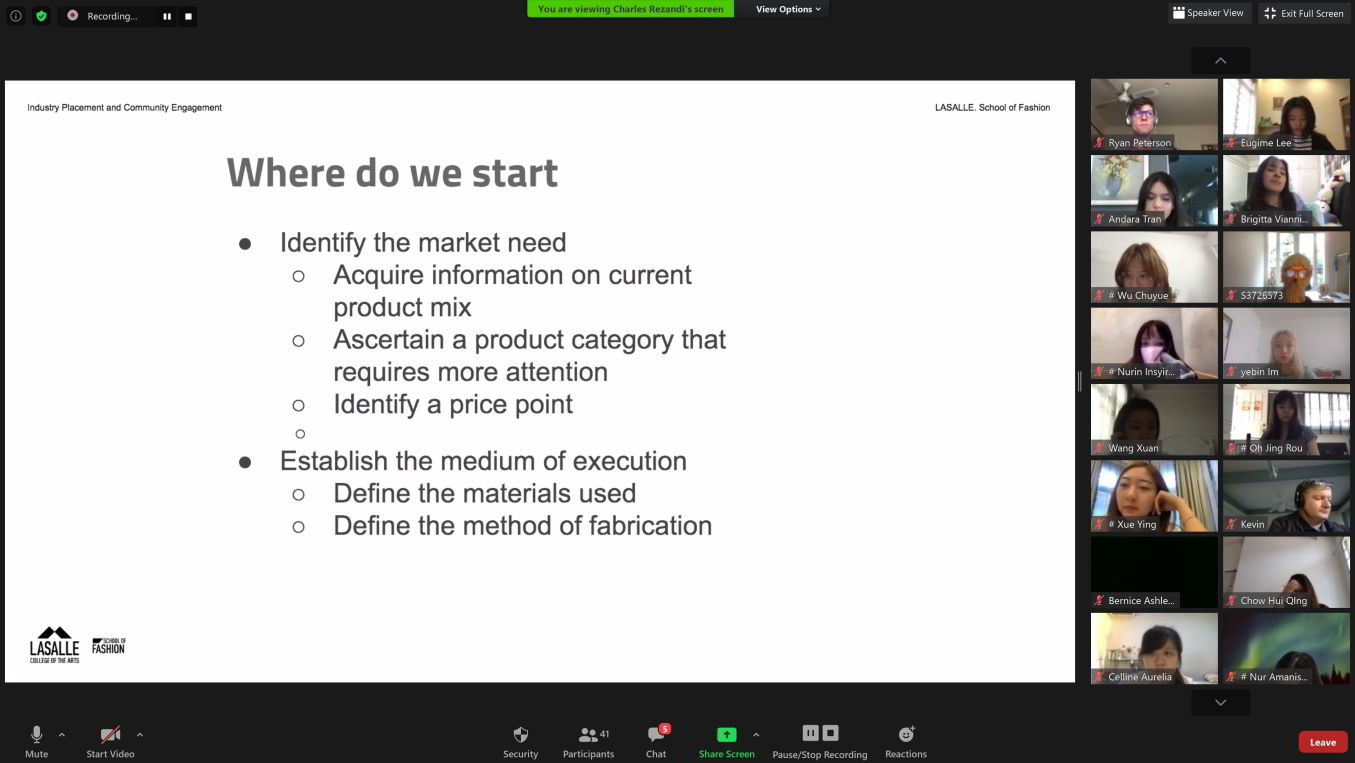
Lecturers and students at LASALLE and RMIT used Zoom, Google Meet, Blackboard Ultra and various chat apps to keep in touch throughout the collaboration, but Charles and his counterparts at RMIT did not stop there in their efforts to make the project as seamless as possible.
“We looked at other social apps and leveraged on their affordances to ensure connections were made. In collaborations, connection is key. Our first meeting was a little nerve-wracking. Students were nervous and did not know who the other person was on the other side of the screen, so we asked them to talk to each other and tell fun facts about themselves. We let them mingle on the platform and share common interests. This was successful. Everyone was keen on the project and had a good feeling about each other.”
Some of the design ideas that emerged include:
NoUVeau Porté, a phone pouch inspired by the heightened awareness of personal hygiene that the COVID-19 pandemic has brought about. With a trendy crossbody design and UV technology incorporated into the bag, the pouch sterilises your phone whenever you keep it.
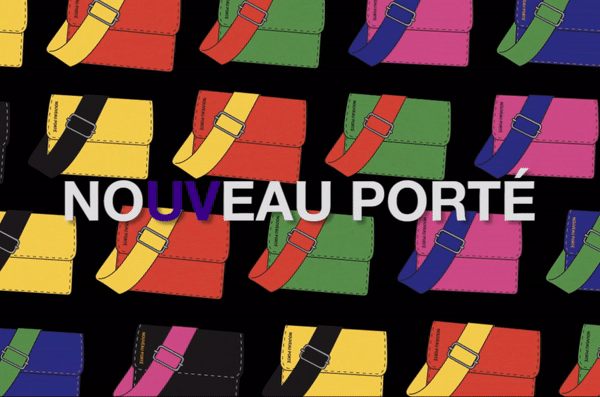
SCMO, a modular, multi-purpose bag made from sustainably sourced recycled polyester that uses anti-microbial materials such as copper trim to prevent viruses from staying on personal items.
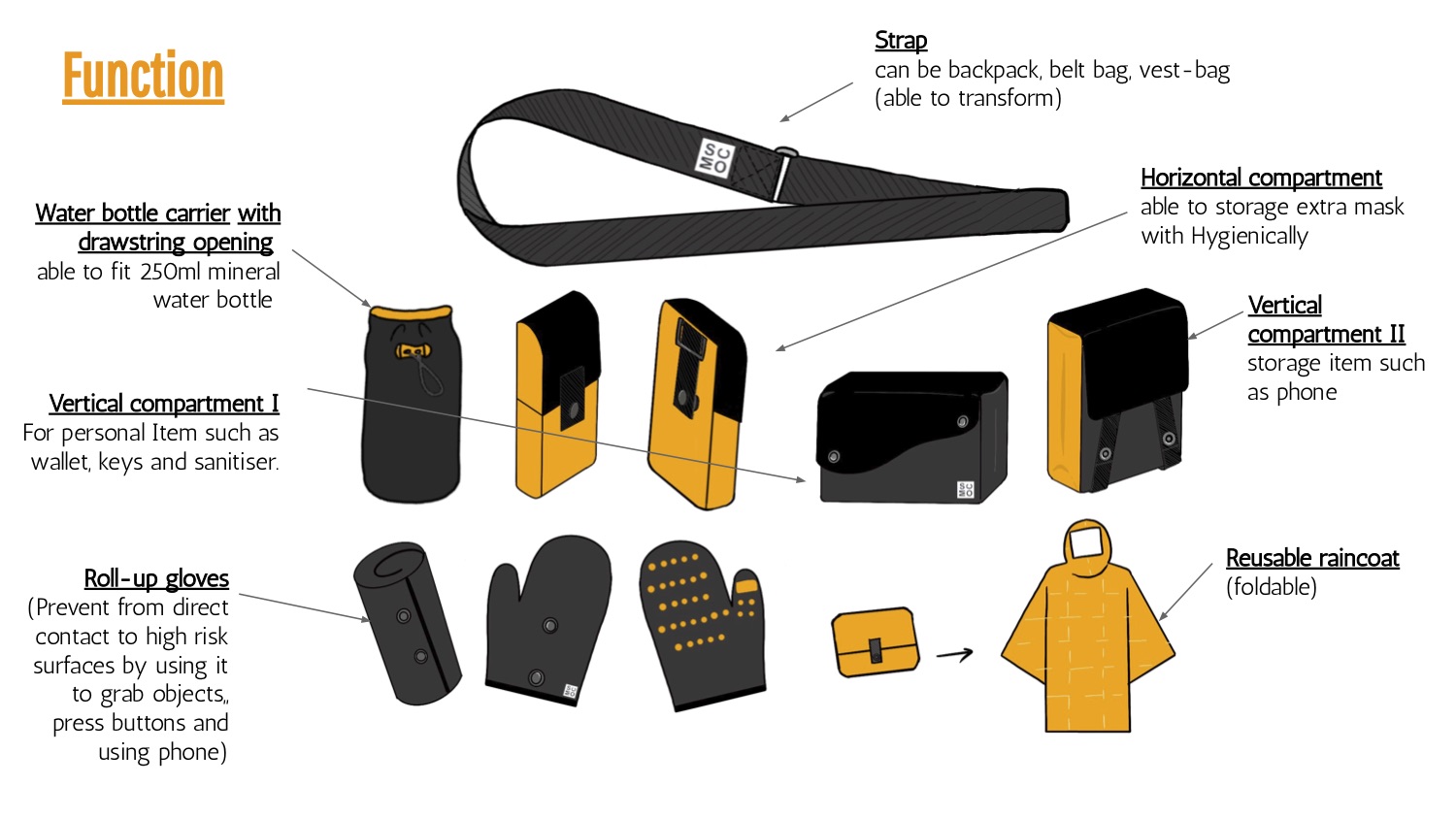
IS2, a line of fashionable personal protective equipment (PPE) that uses materials such as graphene and metal-infused textiles to help protect frontline workers while giving them stylish PPE options.
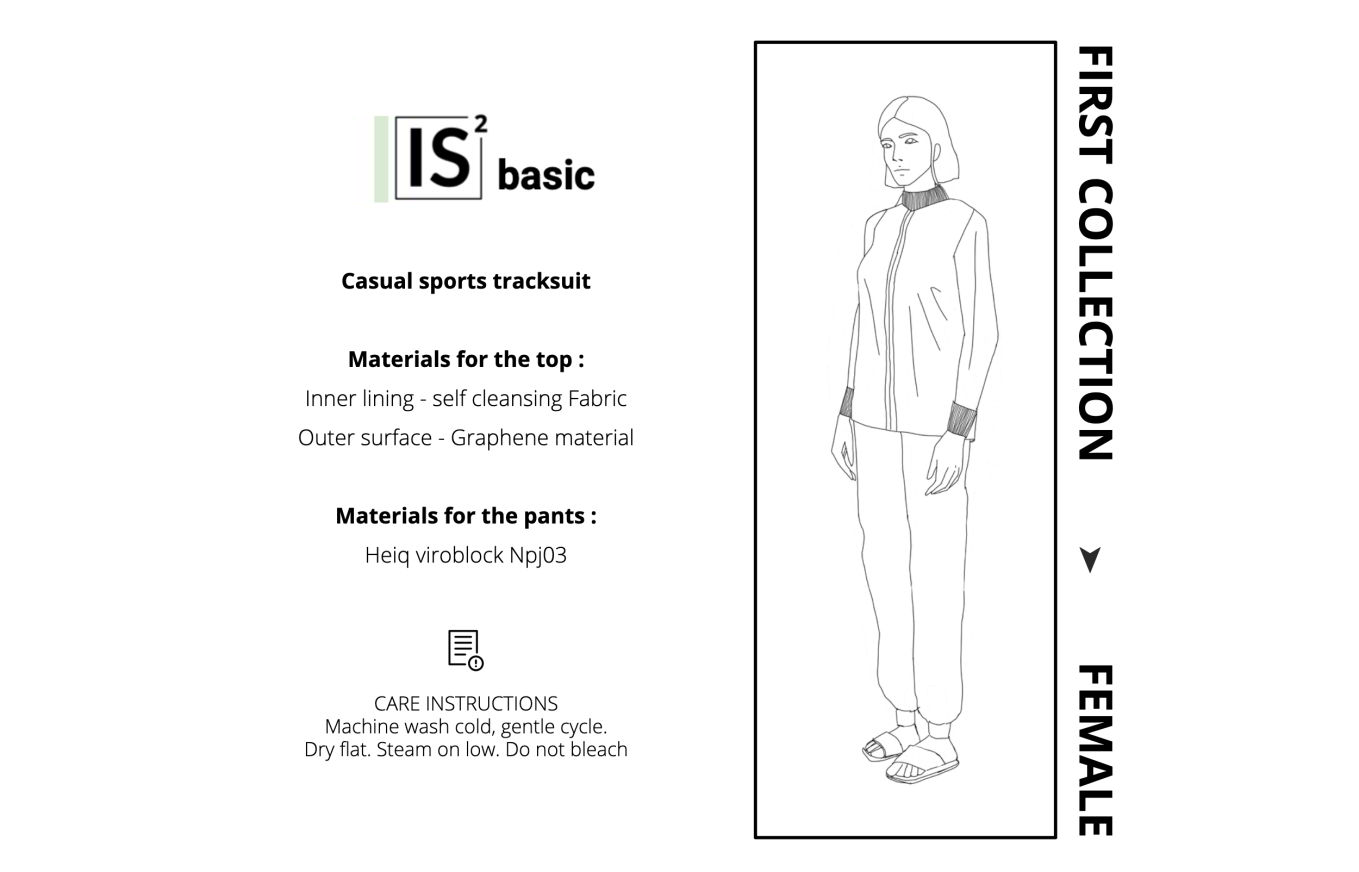
“The collaboration exposed us to a whole new environment that expanded our knowledge beyond the scope of fashion,” said Diploma in Fashion student Rahul Rehman. “Throughout the process, we not only got to learn more about technical studies, we also got to experience first-hand the way that students from RMIT practiced their craft. The project taught me the importance of cross-medium collaboration and the works that could be produced when we expand our sphere of influence.”
“Despite the differences in our learning environments, we managed to connect beyond just academic and the given project, some friendships were fostered,” Rahul added.
Rahul’s classmate Istasia Sew, whose team created the NoUVeau Porté phone pouch, found the collaboration a similarly compelling opportunity. “The LASALLE x RMIT collaboration allowed me to shift my perspective on how fashion can be fused with industries outside of its own. Even with the challenges of virtual communication, we were able to interact efficiently through video chats and calls. This collaboration gave me the chance to meet new people and create a project that is distinctive with its brief of bridging two different industries—fashion and product design.”
LASALLE is embarking on a three-year long-term collaboration with RMIT University following the common themes of speculative design. With this project as a catalyst, LASALLE’s Diploma in Fashion programme is now planning to work together with RMIT’s Diploma in Graphic Design programme in the next academic year.

